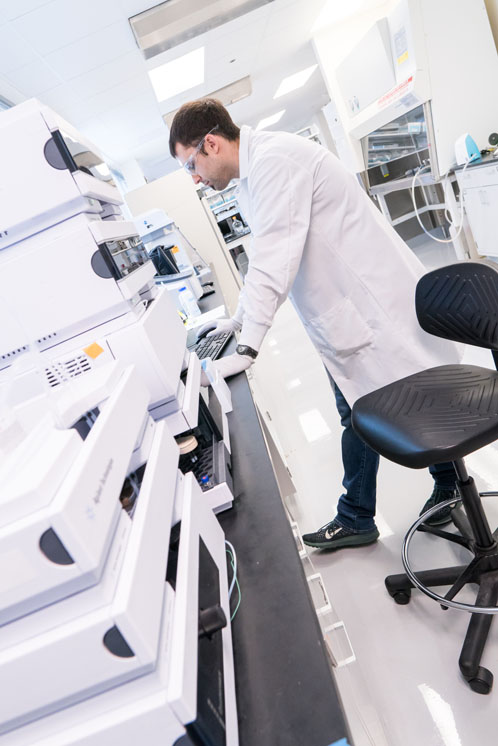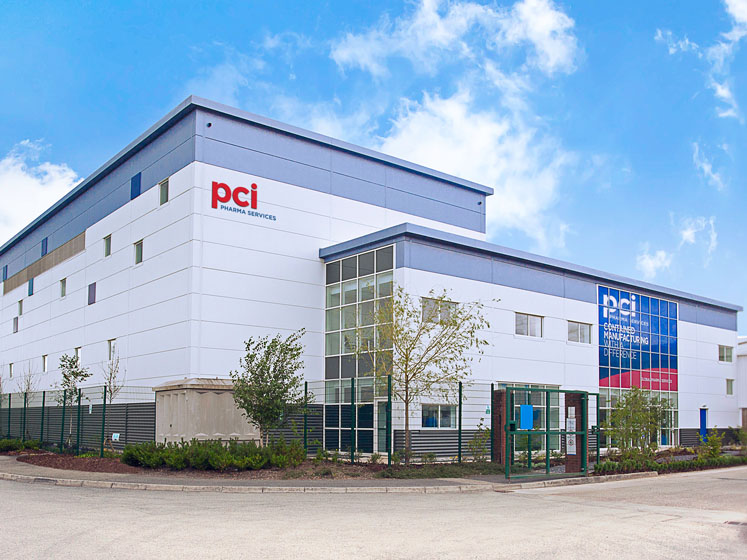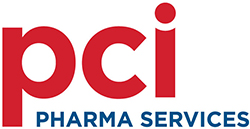The development and manufacture of drug products containing highly potent active pharmaceutical ingredients (HPAPIs) is in demand. Recent data suggest that between 2023 and 2030, the small molecule drug discovery market will register a compound annual growth rate (CAGR) of around 8%.1 This is particularly relevant in the field of oncology, which accounts for approximately 35% of small molecule drug candidates — about half of which contain HPAPIs
In this dynamic landscape, the role of formulation development becomes even more critical as it ensures the successful translation of these breakthrough discoveries into safe, effective and accessible drug products for patients, all while expediting speed to market. Louise Carpenter, Head of Pharmaceutical Development at PCI Pharma Services, reports.
Essential attributes
Successful formulation development requires the engagement of highly experienced teams with a variety of skillsets.
Their comprehensive knowledge, equipment/process understanding and strong awareness of alternative development and manufacturing methods enables them to determine how various formulation attributes can impact the final drug product — both positively and negatively — and advise their sponsors accordingly throughout the project.
It is beneficial to work with a contract development and manufacturing organisation (CDMO) with facilities designed for small-scale operations while also offering in-house scalability for large-scale clinical and commercial manufacturing.
Such flexibility enables a CDMO to accommodate a broad array of product requirements and adapt to different formulation challenges. Additionally, access to an extensive range of equipment and processes ensures that various challenges can be addressed and the most suitable solution for each unique project can be found.

QbD/DoE: a growing trend
A noticeable trend in the formulation development space is the use of a Design of Experiment (DoE)/Quality by Design (QbD) approach at earlier stages of the product lifecycle. DoE is a systematic and statistical approach that aims to optimise both the product and process by understanding the relationship between various factors (input variables) and responses (output variables).
This method helps to identify the most influential factors, determine their optimal levels and establish robust and efficient processes while minimising the number of experimental runs. During formulation development, multiple factors can influence the quality, safety and efficacy of the final drug product, such as the choice of excipients, API concentration, processing conditions and manufacturing equipment.
Traditional trial-and-error methods can be time-consuming, resource-intensive and may not identify the best combination of factors to produce a high-quality drug product. DoE provides a deeper understanding of the interactions between these factors and their impact on the final product, enabling the identification of critical process parameters (CPPs) and critical quality attributes (CQAs).
By using a structured approach to experiment design, DoE allows for the simultaneous assessment of multiple factors and their interactions, reducing the total number of experiments required, which saves time and resources.
By identifying optimal factor settings and establishing a design space, DoE helps to create robust and efficient processes, which can lead to improved product quality, reduced variability and increased manufacturing efficiency.
It also helps to identify potential risks and sources of variability in the formulation and process, allowing for proactive mitigation strategies to minimise the impact of these risks on the final product.
Regulatory agencies such as the US FDA encourage the use of Quality by Design (QbD) principles in pharmaceutical development, which includes the application of DoE to ensure a science- and risk-based approach.
Challenges and solutions
Formulation development is a dynamic and experimental process. However, certain challenges are presented to CDMOs that add a layer of unnecessary pressure to the development process — some of which are avoidable.
For example, clients occasionally withhold critical reports and information about the product or project strategy, preventing their CDMO partner from analysing the data themselves. This lack of transparency can lead to issues that surface when problems arise, making it difficult for the CDMO to address them effectively.

It also means that the CDMO’s processes are generated based on second-hand information, increasing the risk of critical information being missed. Another challenge is unrealistic or aggressive timelines, which can force the acceleration of development activities.
This rushed approach may create problems during the later stages of development and scale-up, potentially compromising the overall success of the project; more formulation development may inevitably be required at a later more time-critical stage.
Inadequate development prior to clinical trial manufacture (CTM) hinders the acquisition of robust process knowledge, which may lead to issues later in the project schedule when it is less feasible to make modifications. Limited development can be the result of a restricted budget; however, open and honest discussions held upfront during the proposal stages allows the CDMO partner to advise what’s possible within the sponsor’s budget.
In some cases, a limited supply of active pharmaceutical ingredients results in compressing multiple trials into a single batch. This approach can reduce the usefulness of the data produced, making it challenging to draw meaningful conclusions from the results.
This can often be beyond the client’s control, but it does have an impact on the quality of formulation development activities and the data gleaned during the process. In addition to keeping these challenges in mind, sponsors can follow several key strategies to help increase the success and efficiency of their formulation development projects.
- Performing excipient compatibility and forced degradation studies upfront helps to identify potential incompatibilities or stability issues early in the development process.
- Having a clearly defined scope of work and a well-defined schedule, with sufficient time to process and review data, ensures a methodical and thorough evaluation of each stage of the project, minimising the risk of potential issues going unnoticed.
- Effective communication and early notification of any changes in strategy are vital to maintain a strong partnership between the client and the development team.
- Fostering a transparent, collaborative relationship enables the CDMO to make informed decisions and address potential challenges proactively. Occasionally, clients may not heed the expert advice and experience shared by the CDMO. This disregard can lead to suboptimal decisions and negatively impact the project’s progress and outcome.
- By considering the scale-up process during the development stage of the project, formulation development teams can design processes that are more easily scaled, reducing potential challenges and delays during the transition from development to commercial production.

In summary
The importance of formulation development to the product lifecycle cannot be overstated. A well-executed pharmaceutical formulation development process can significantly improve the efficiency and speed to market of a new drug product.
By identifying the most suitable form, dosage and delivery mechanism for the API, a CDMO can optimise drug absorption, bioavailability and stability, reducing the need for costly and time-consuming reformulations later on down the line. Establishing a strategic partnership with a trusted CDMO is crucial to drive efficiencies and speed up the drug development process.
A truly global integrated CDMO can provide end-to-end support from early stage formulation development to scale-up, clinical trials, commercial manufacture and launch. They will have a proven track record of developing successful drug formulations, a deep understanding of regulatory requirements and state-of-the-art equipment and facilities.
However, it is important to remember that the right CDMO is there to help you achieve your clinical and commercial goals. They know their processes and equipment trains and have a vast amount of experience in their areas of expertise.
By establishing a strong collaborative relationship during the development stage, sponsors can rest assured that their drug product will achieve speed to patient, study, approval and commercial launch.
Reference
- www.mordorintelligence.com/industry-reports/small-molecule-drug-discovery-market.



